Founded in Fes by Fatima al-Fihri, Al Quaraouiyine is recognized as the world’s oldest continuously operating university. It became a vital center for scholarship, literature, science, and religious studies, attracting intellectuals from across the Islamic world and Europe. The university played a crucial role in the development of Moroccan culture, serving as a hub for knowledge exchange and significantly influencing North African and Mediterranean cultural landscapes.
Historical Cultural Heroes
cultural Heroes
Who Shaped the Nation’s Identity
Discover the visionaries, creators, and performers who defined Morocco’s cultural legacy.
Moroccan cultural heroes have shaped the nation’s identity through their groundbreaking work in art, literature, music, and performance. These visionaries challenged norms, preserved traditions, and introduced new forms of expression. Their contributions not only enriched Morocco’s cultural heritage but also inspired future generations, leaving a lasting impact on both national and global stages.
Morocco’s Cultural Legends
From artists and writers to musicians and performers, Morocco’s cultural heroes brought new life to traditional forms while pioneering fresh expressions. Their work has left an indelible mark on the nation’s identity, celebrating Morocco’s diversity and inspiring future generations across the globe.

Mohamed Choukri
Literature
Pioneering author of “For Bread Alone”, Mohamed (1935–2003) Choukri’s candid portrayal of poverty and marginalization revolutionized Moroccan literature, influencing modern storytelling and literary freedom.
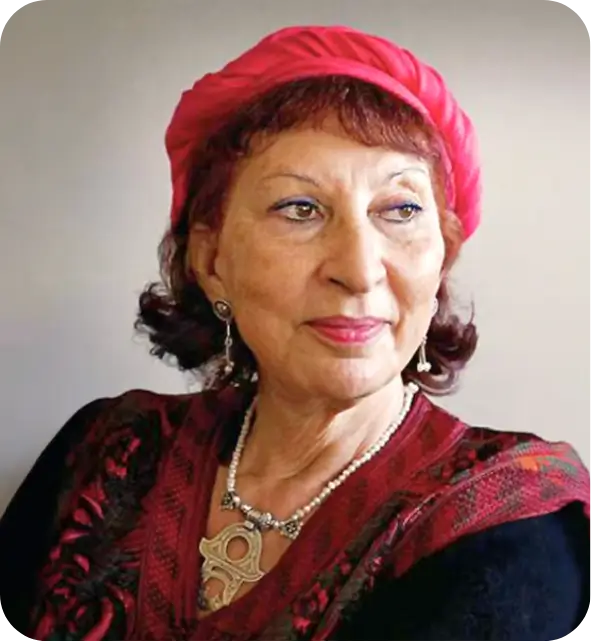
Fatima Mernissi
Sociology & Feminist Thought
Fatima Mernissi (1940–2015), renowned sociologist and feminist writer, Mernissi’s work on gender and Islam reshaped perceptions of Moroccan women, influencing social reforms and cultural discourse.
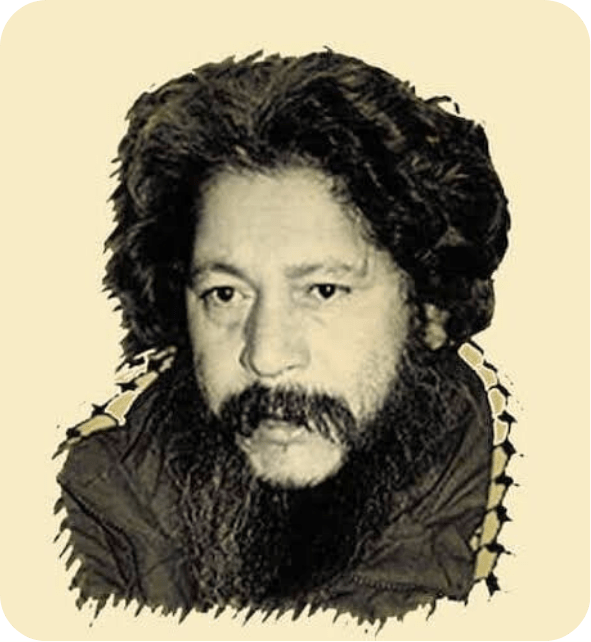
Mohamed Zafzaf
Literature
Considered the father of Moroccan modern fiction, Mohamed Zafzaf’s (1945–2001) works explored existentialism and post-colonial Moroccan society, influencing contemporary writers.
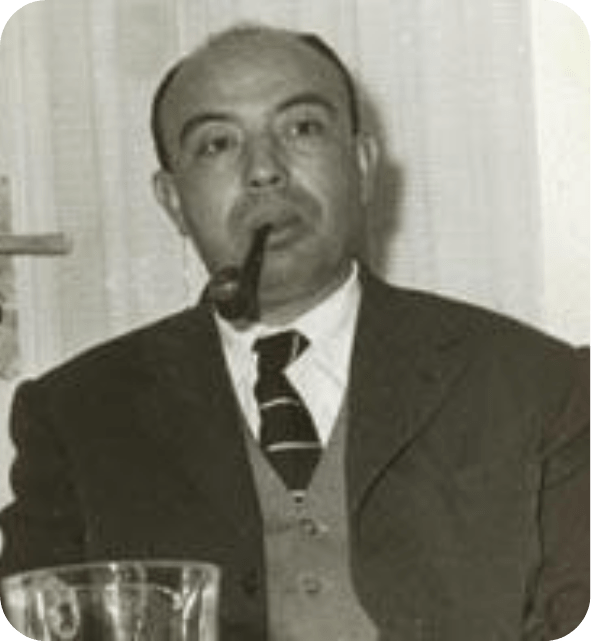
Ahmed Sefrioui
Literature
Ahmed Sefrioui (1915–2004), a pioneer of Francophone Moroccan literature, his work, especially “La Boîte à Merveilles”, brought traditional Moroccan life to the global literary stage.
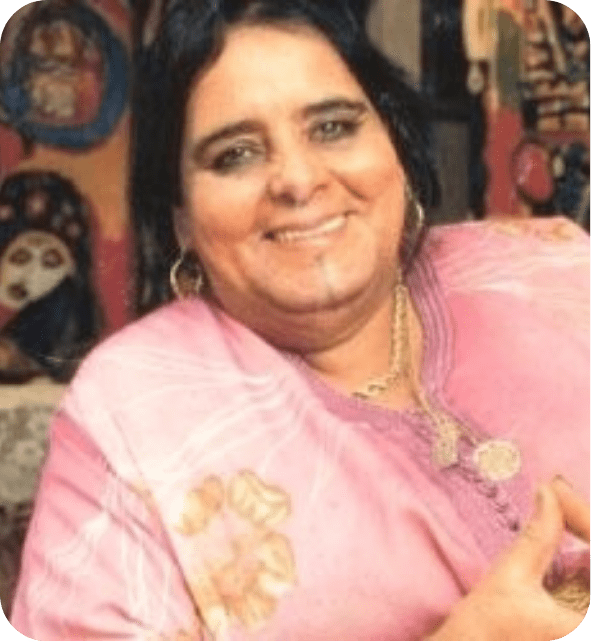
Chaïbia Talal
Art
A self-taught painter, Chaïbia Talal (1929–2004) became an icon of Moroccan modern art, blending folk traditions with abstract expressionism, and gaining international acclaim.
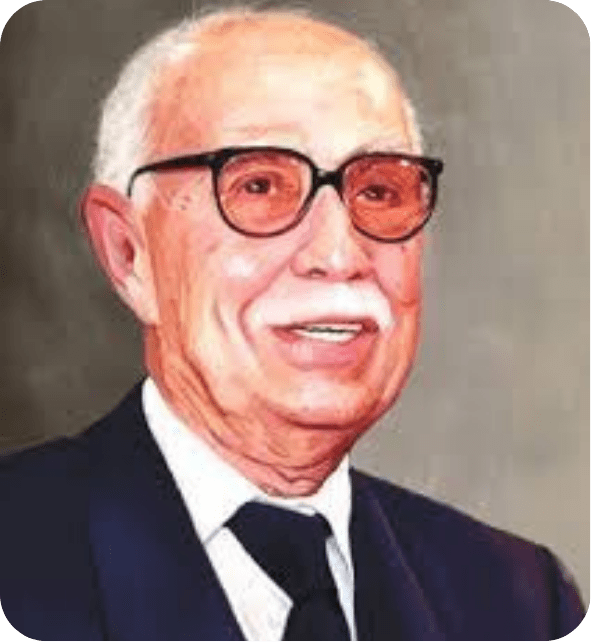
Abdelkrim GhallabSefrioui
Literature & Journalism
An influential novelist and journalist, Abdelkrim Ghallab (1919–2017) explored identity, nationalism, and colonialism, contributing to Morocco’s literary and political consciousness.

Nass El Ghiwane
Music
This revolutionary music group (Founded 1970) fused traditional rhythms with political messages, becoming symbols of social justice and cultural pride in Morocco and the Arab world.
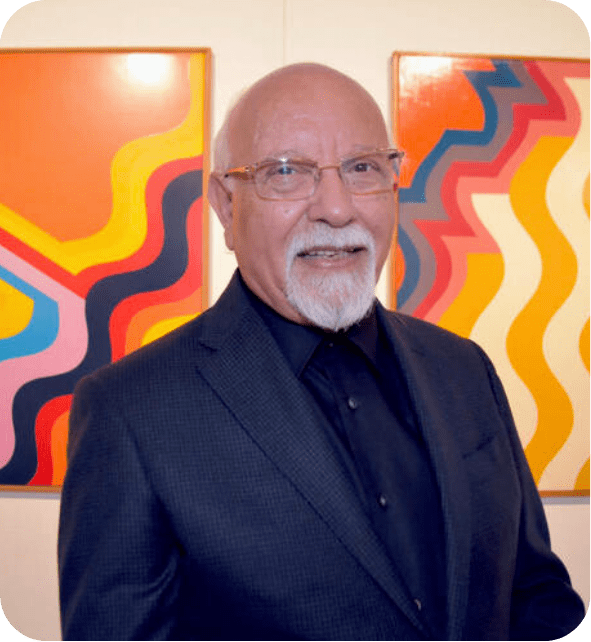
Mohamed Melehi
Visual Arts
Mohamed Melehi (1936–2020), a pioneer of modern Moroccan art, Melehi’s use of vibrant colors and abstract forms blended traditional motifs with contemporary art, reshaping Moroccan visual culture.
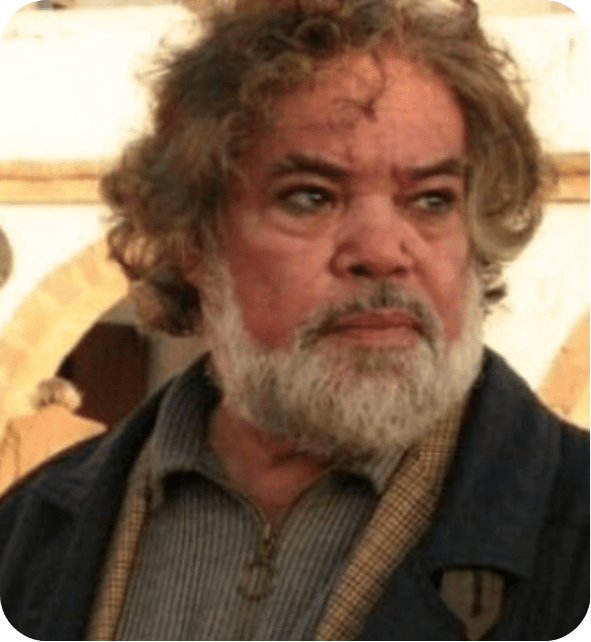
Tayeb Saddiki
Theater
Tayeb Saddiki (1938–2016), a leading figure in Moroccan theater, Saddiki modernized stage performance by integrating traditional storytelling with contemporary theatrical techniques.
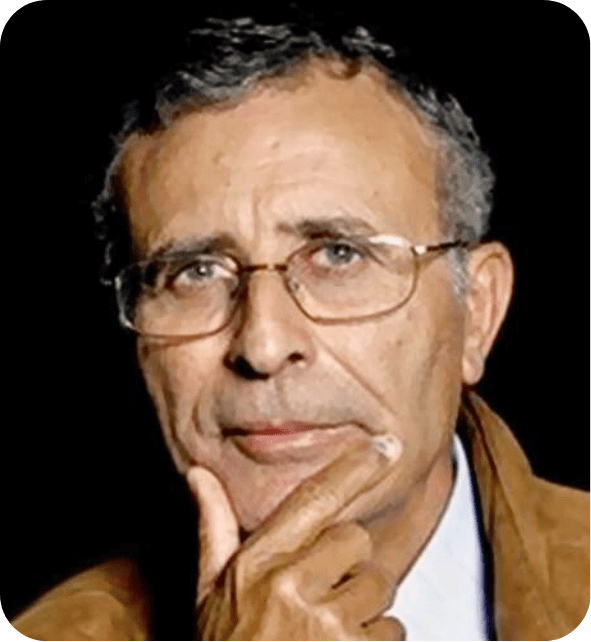
Abdelkebir Khatibi
Philosophy, Literature & Sociology
A philosopher, novelist, and sociologist, Abdelkebir Khatibi´s (1938–2009) interdisciplinary work explored identity, language, and post-colonial thought, influencing cultural studies in Morocco and abroad.

Mohamed Bennis
Poetry
A modernist poet, Mohamed Bennis (1948–2021) is considered one of Morocco’s most influential literary figures, pioneering new forms in Arabic poetry and elevating Moroccan poetic traditions.
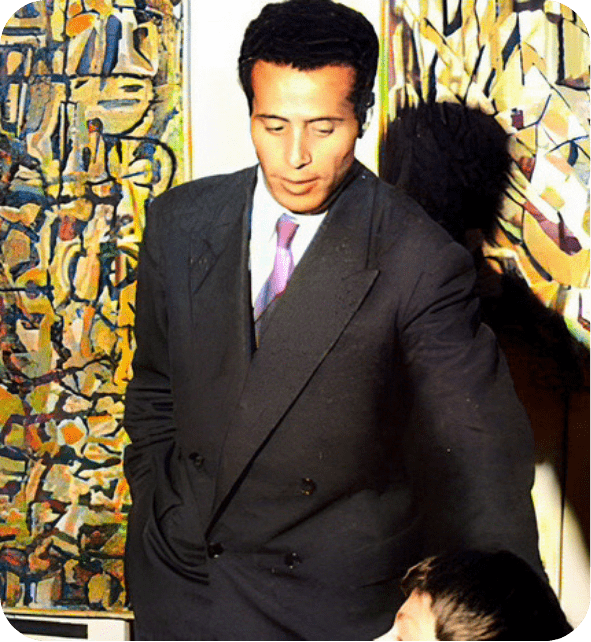
Jilali Gharbaoui
Visual Arts
A key figure in Moroccan abstract painting, Jilali Gharbaoui´s (1930–1971) expressive style and bold use of color helped define modern Moroccan art.
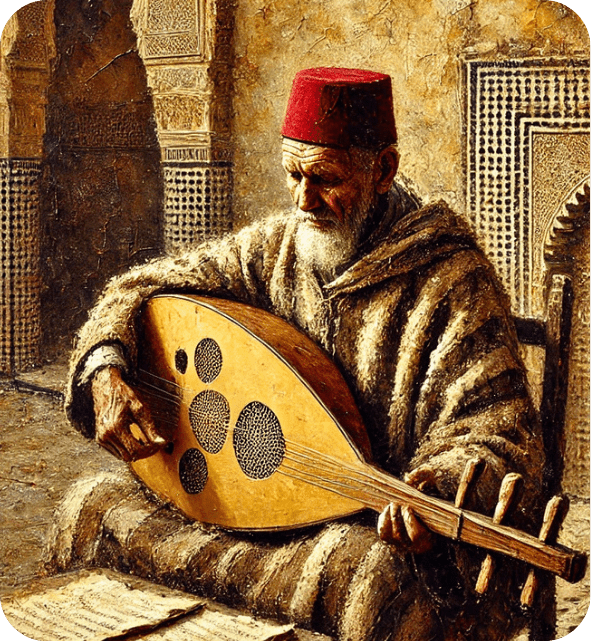
Abdeslam Amraoui
Andalusian Music
A master of Andalusian classical music, Abdeslam Amraoui (1924–1996) was instrumental in preserving and promoting this rich musical tradition, blending classical forms with modern interpretations.
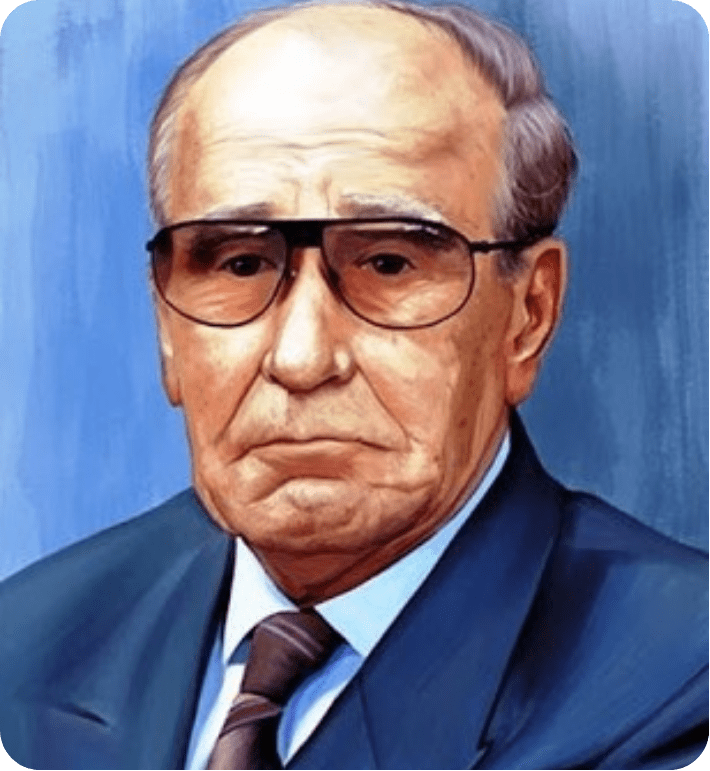
Abderrahim Bouabid
Political Thought & Culture
While primarily a political leader, Abderrahim Bouabid´s (1922–1992) influence extended into cultural advocacy, supporting artistic movements that reflected Morocco’s post-independence identity.
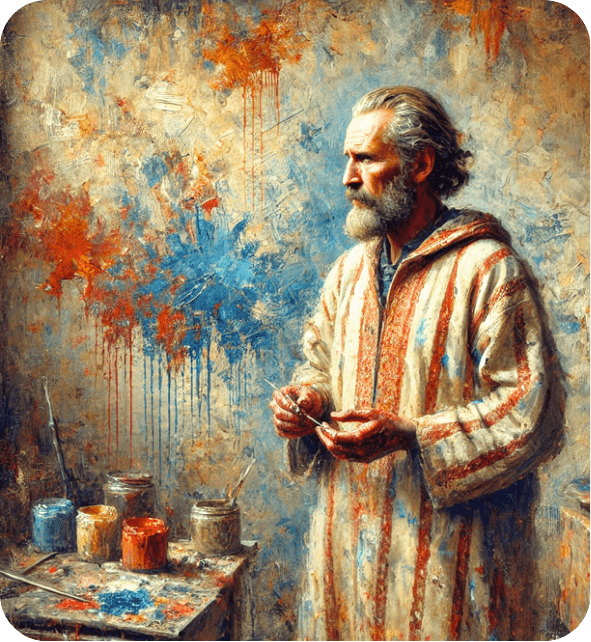
Ahmed Louardiri
Dance & Performing Arts
Ahmed Louardiri (1930–1998) was a pioneer in contemporary Moroccan dance, blending traditional Berber and Arab styles with modern choreography, contributing to Morocco’s performing arts evolution.
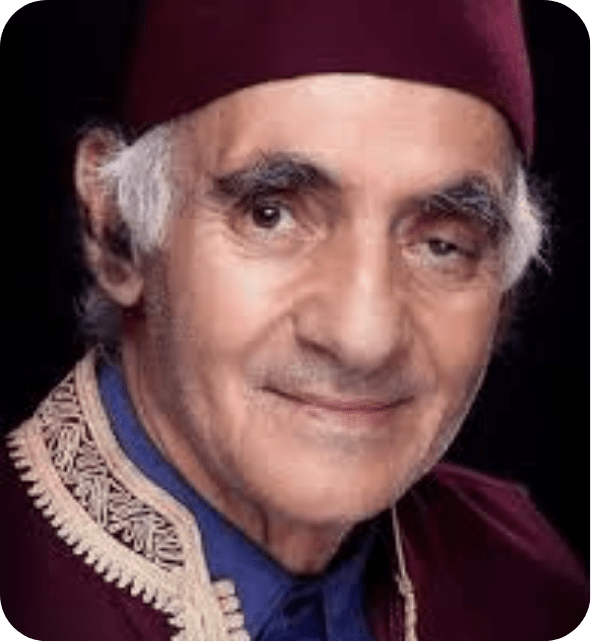
Abderrahman Tounsi
Comedy & Theater
Known as Abderraouf, Abderrahman Tounsi (1936–2023) was a beloved Moroccan comedian and actor, whose satirical performances reflected social realities and cultural nuances in Moroccan society.
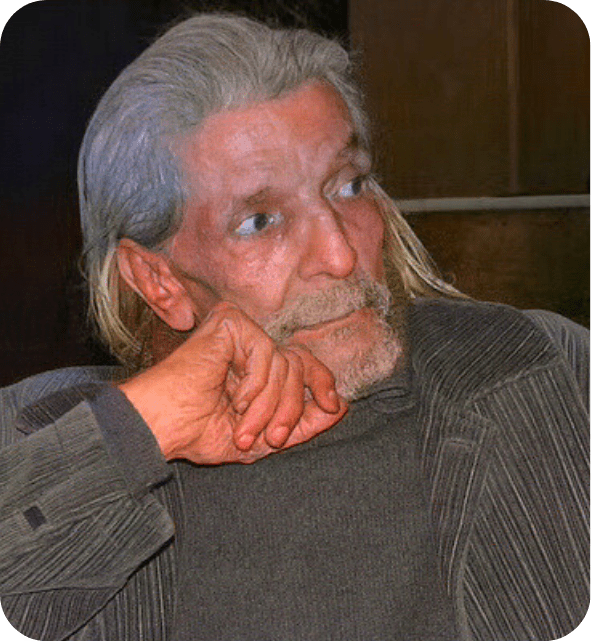
Ahmed Bouanani
Film & Literature
Ahmed Bouanani´s (1938–2011) film “The Mirage” and his literary works brought Moroccan cinema and literature to the international stage, influencing filmmakers and writers across North Africa and Europe.
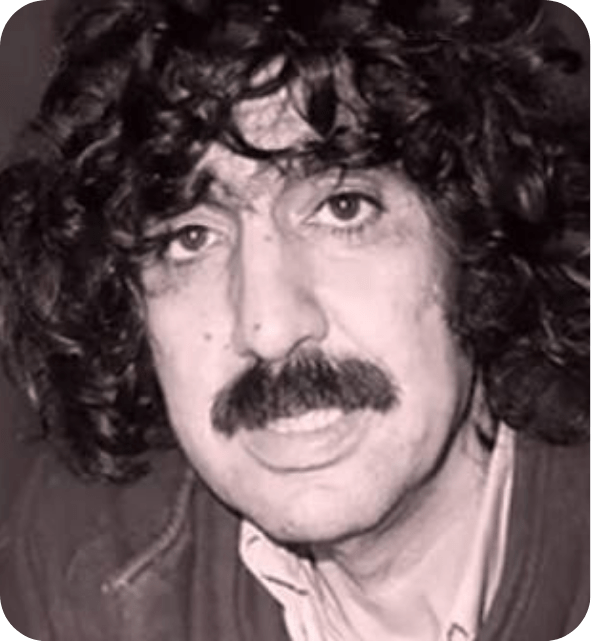
Laarbi Batma
Music
As the iconic frontman of Nass El Ghiwane, Laarbi Batma (1948–1997) fused traditional Moroccan music with political activism. His powerful lyrics gave voice to the oppressed, making the band a symbol of resistance and cultural pride.

Elie Azagury
Architecture
Morocco’s first modernist architect, Elie Azagury (1918–2009) integrated modern design principles with traditional Moroccan architecture, transforming urban planning and contributing to the architectural identity of post-independence Morocco.

Music & Cultural Identity
Introduction of Andalusian Music to Morocco
Following the Reconquista in Spain, the migration of Muslim and Jewish communities to Morocco brought Andalusian music, profoundly shaping the country’s musical heritage. Blending with local sounds, it influenced genres like Malhun, Gharnati, and Gnawa. This rich tradition remains a cornerstone of Moroccan culture, celebrated in festivals and modern music today.
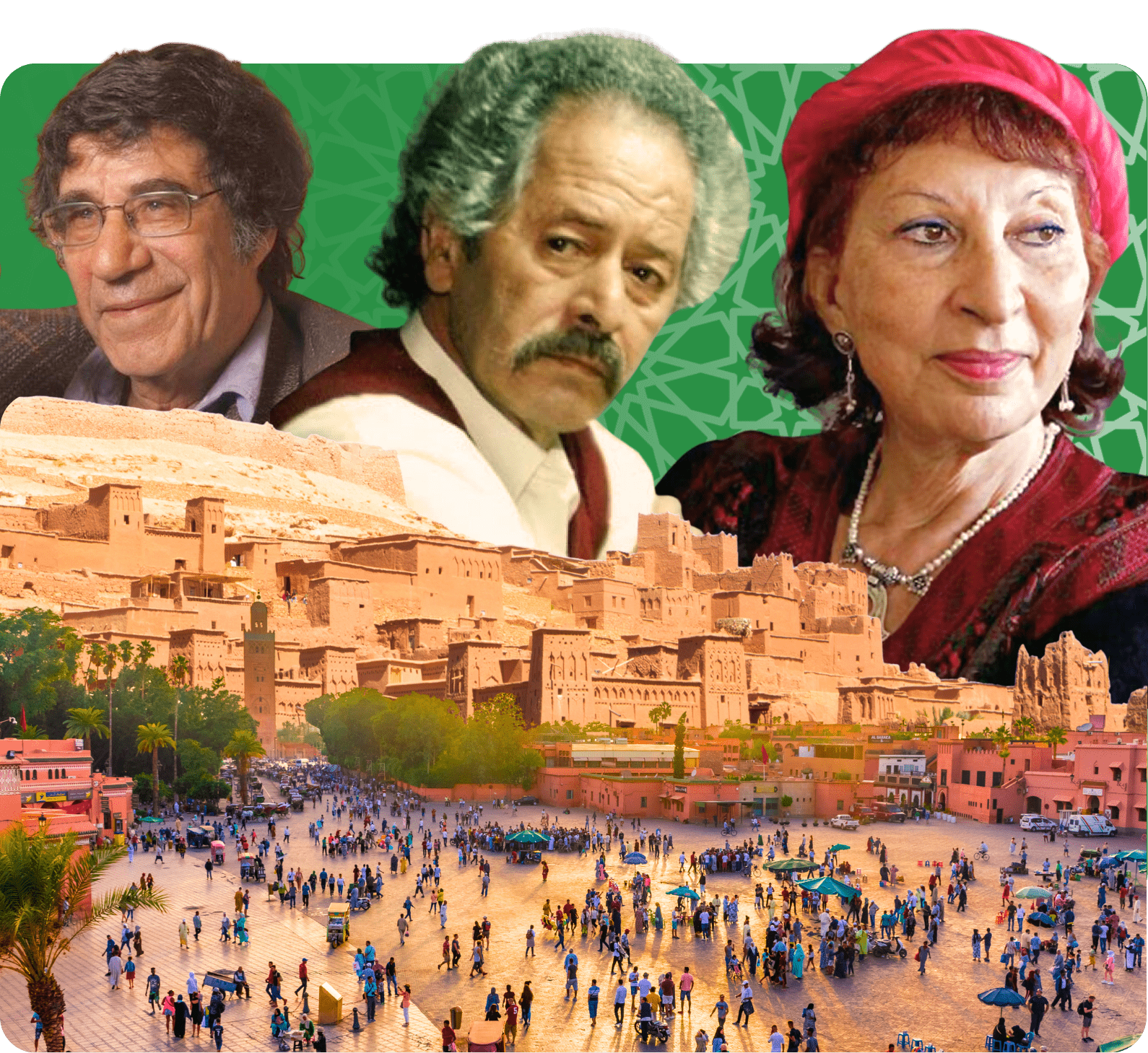
Moments That Shaped Moroccan Cultural History
Morocco’s rich cultural heritage has been shaped by pivotal events spanning music, art, literature, and film. From ancient traditions like Andalusian music and oral storytelling to modern movements in cinema and contemporary art, these moments have defined Morocco’s unique cultural identity and global influence.
Music & Heritage
Andalusian Music Arrives in Morocco
Following the Reconquista, Muslim and Jewish refugees introduced Andalusian music to Morocco in the 15th Century. This rich tradition became a cornerstone of Moroccan culture, influencing genres like Malhun and Gnawa, and preserving Andalusian heritage through music.
Music & Spirituality
The Spread of Sufism and Gnawa Music
Sub-Saharan African communities brought Gnawa music, blending African rhythms with Islamic spiritual practices in the 16th–17th Century. Combined with Sufi traditions, this fusion shaped Morocco’s spiritual music scene, fostering unique cultural expressions that thrive today.
Education & Literature
Founding of Al Quaraouiyine University
Founded in Fes, Al Quaraouiyine is the world’s oldest university from 859 AD, becoming a hub of scholarship, literature, and intellectual exchange, deeply influencing Morocco’s academic and cultural development for centuries.
Literature & Oral Traditions
Rise of Oral Storytelling in Jemaa El-Fnaa
Jemaa El-Fnaa in Marrakech became the center of oral storytelling from the 16th Century, where hakawati (storytellers) preserved Morocco’s folklore by blending history, myth, and tradition, passing cultural narratives through generations.
Film & Visual Arts
Establishment of Moroccan Cinematic Center
The creation of the Moroccan Cinematic Center (CCM) in 1944 sparked the birth of Moroccan cinema, fostering local film production and elevating filmmakers like Tayeb Saddiki to international recognition.
Music & Social Activism
Founding of Nass El Ghiwane
Nass El Ghiwane revolutionized Moroccan music in 1970, merging traditional rhythms with political activism. Their socially conscious lyrics and unique sound became symbols of resistance and cultural pride across Morocco.
Film & Global Recognition
Marrakech International Film Festival Launched
The Marrakech International Film Festival elevated Morocco’s presence in global cinema in 2001, attracting renowned filmmakers and showcasing Moroccan talent, establishing Morocco as a hub for international film.
Oral Heritage & Traditions
Jemaa El-Fnaa Recognized by UNESCO
UNESCO recognized Jemaa El-Fnaa in 2001 as an Intangible Cultural Heritage site, highlighting its role in preserving Morocco’s oral traditions, music, and public performances.

Music & Spiritual Heritage
Gnawa Music and Its Global Impact
Gnawa music, with its blend of African rhythms, spiritual chants, and traditional instruments like the guembri, has transcended Moroccan borders to achieve global recognition. Originally rooted in sub-Saharan African and Islamic spiritual traditions, Gnawa music is now celebrated worldwide for its hypnotic rhythms and healing rituals. It has influenced jazz, blues, and world music, attracting collaborations with international artists like Jimi Hendrix, Robert Plant, and Marcus Miller.
Exploring Morocco’s Rich Cultural Heritage
Key Cultural Categories
From music and literature to visual arts and cuisine, Morocco’s cultural heritage reflects a fusion of Berber, Arab, Andalusian, and African influences. These categories showcase Morocco’s vibrant history, artistic evolution, and global impact, preserving traditions while embracing modern cultural expressions.
Literature
9th Century–Present
From Al Quaraouiyine University in 859 AD to modern writers like Mohamed Choukri, Moroccan literature blends oral storytelling, poetry, and novels, reflecting the country’s history and diverse influences.
Poetry
16th Century–Present
Rooted in Malhun and oral traditions, Moroccan poetry flourished from the 16th century. Poets like Mohamed Bennis blended traditional forms with contemporary themes.
Music
15th Century–Present
Andalusian music, introduced after the Reconquista, merged with Moroccan sounds, shaping genres like Malhun, Gharnati, and Gnawa. This musical heritage remains central to Morocco’s cultural identity today.
Film
1944–Present
The Moroccan Cinematic Center (CCM), established in 1944, sparked Morocco’s film industry. Filmmakers like Ahmed Bouanani and festivals like Marrakech International Film Festival gained international recognition.
Dance
20th Century–Present
Moroccan dance fuses Berber, Andalusian, and Arab styles. Innovators like Ahmed Louardiri in the 20th century brought Moroccan choreography to the global stage.
Festivals
20th Century–Present
From Gnawa festivals to Mawazine Festival, Morocco’s cultural events celebrate music, art, and heritage, attracting global audiences and showcasing diversity.
Theater
1960s–Present
In the 1960s, Tayeb Saddiki revolutionized Moroccan theater by blending traditional storytelling with modern techniques, shaping the country’s performing arts landscape.
Visual Arts
1960s–Present
Back Title
The Casablanca Art School Movement of the 1960s merged traditional motifs with modern art techniques, revolutionizing contemporary Moroccan art and influencing artists globally.
Architecture
9th Century–Present
Moroccan architecture, from Al Quaraouiyine in the 9th century to Elie Azagury’s modern designs, blends Islamic, Berber, and Andalusian styles.
Culinary Arts
Ancient Times–Present
Moroccan cuisine blends Berber, Arab, and Andalusian influences, with dishes like tagine and couscous, celebrated for rich spices and communal traditions.
Calligraphy
12th Century–Present
Moroccan calligraphy and craftsmanship date back to the 12th century, with artisans producing intricate tilework, textiles, and woodwork, preserving cultural heritage.
Hip-Hop
1990s–Present
Emerging in the 1990s, Moroccan hip-hop blends traditional rhythms with modern beats, addressing social issues and youth identity.
Morocco’s Cultural Moments
Share Your Stories
If you or your family have experienced Morocco’s most iconic cultural events, from the rhythms of Andalusian music to the energy of Gnawa festivals, your stories matter. Share your memories and help celebrate Morocco’s rich cultural heritage for future generations to enjoy and remember.
